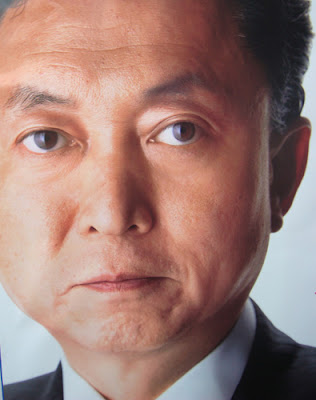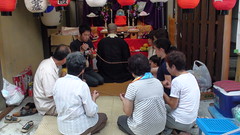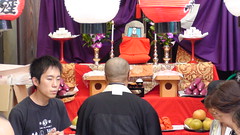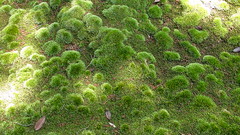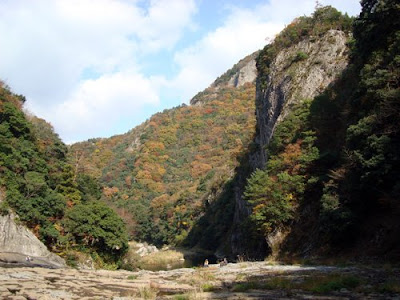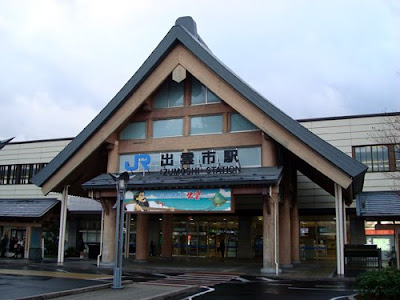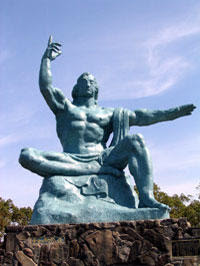Himakajima Beach
It's still warm enough to swim in the Pacific Ocean from the coasts of Himakajima and Shinojima islands off the Chita Peninsula, south of Nagoya city.
The main beach on Himakajima is Sunset Beach at the West Port of the island. The beach has a safety barrier in the water to prevent swimmers being swept away.
Himakajima is an easy and pleasant day trip from Nagoya and there are a number of ryokan and small hotels on both islands if you wish to stay longer and really experience the tranquillity and excellent seafood.

Both Himakajima ad Shinojima depend on fishing, mainly octopus and fugu (blowfish) for their livelihood with tourism as a secondary source of income. The islands attract amateur anglers and water-sports enthusiasts throughout the year. It is possible to experience a hands-on fishing trip with professionals and learn how to cast nets and catch octopus.

On Himakajima, bicycle hire for the day is available for 500 yen and visitors can cycle round the island or enjoy the 5km walk. There is an excellent sunset at the western port, where most of the island's development is located and an equally spectacular sunrise at the eastern port. The small town at the western port around Sunset Beach is built up into the cliffs and still has some attractively painted weatherboard houses.
Access
There are Meitetsu ferry connections to Himakajima from Kowa (20 mins), Irago, Shinojima and Morozaki (10 mins).

From Nagoya Station or Kanayama Station take a Meitetsu train to Kowa (47 mins), then it is a 5 minute walk left out of the station to Kowa Port or jump on the free shuttle bus. From Toyohashi take a Meitetsu bus to Irago (90 mins) then a ferry to the island (30 mins).
Return fares on the ferry to Himakajima & Shinojima are presently 2,270 yen.
Tourist Information
Tel: 0569 68 2388
Yahoo Japan Auction Service
Book a hotel in Japan with Bookings
Japanese Fiction
Japan Book Shop Amazon UK
Happi Coats
Tags
Japan Aichi Himakashima Nagoya Shinojima
